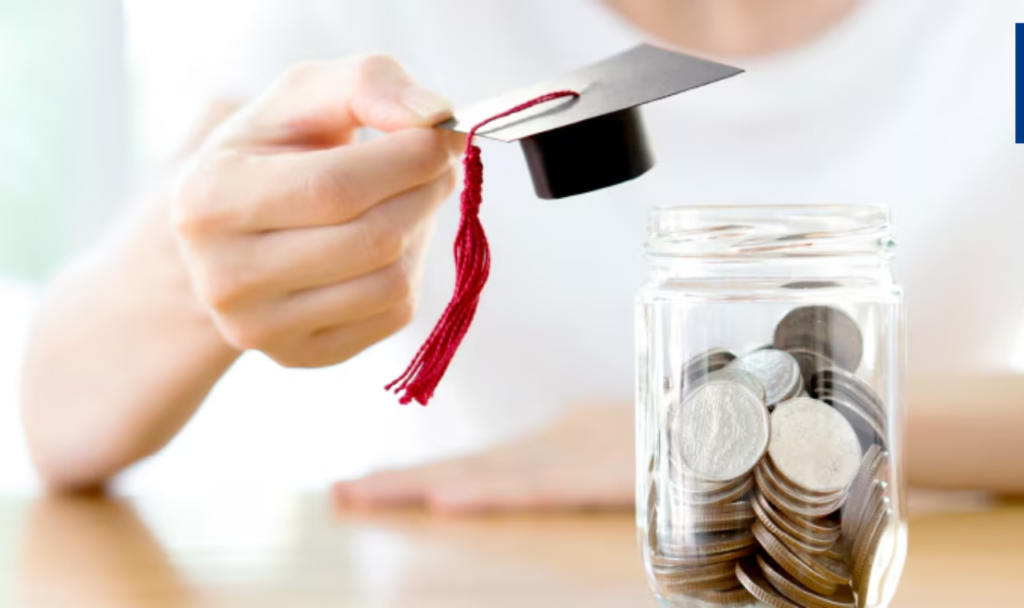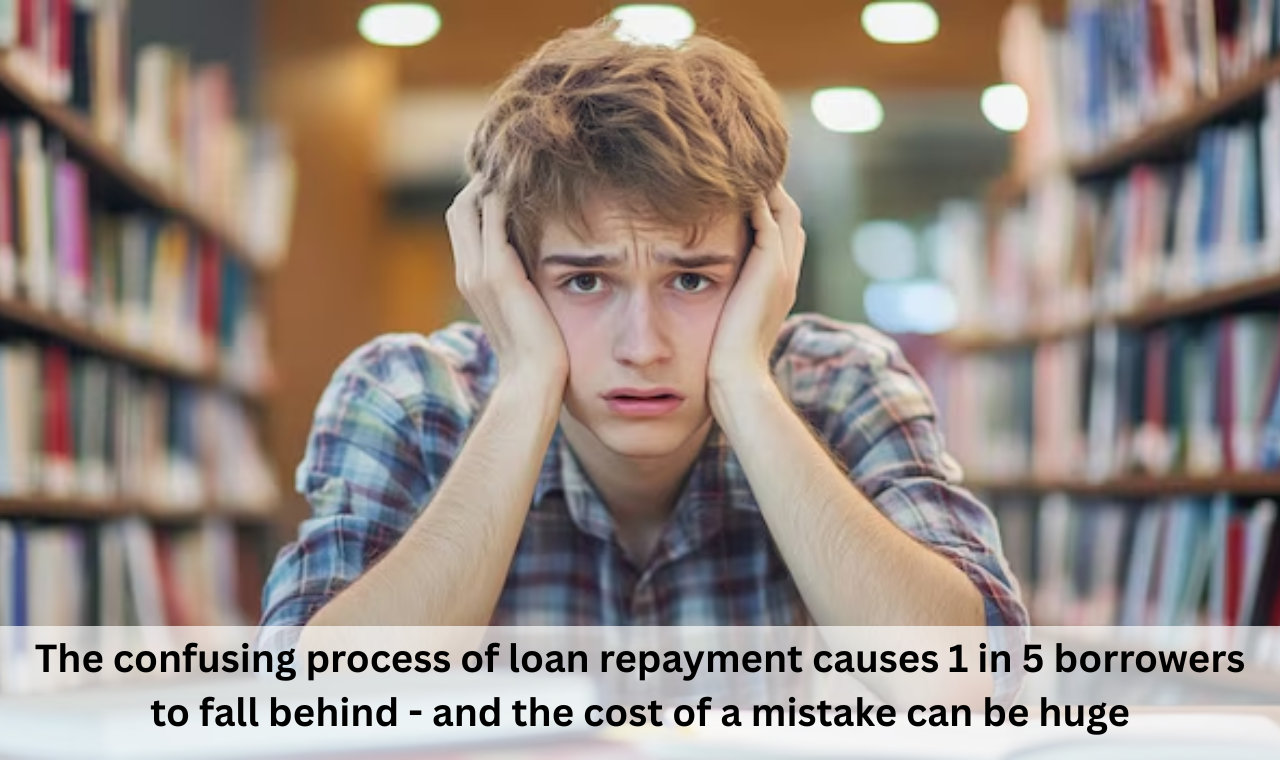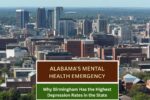Roughly 1 in 5 federal student loan borrowers in the U.S. have fallen behind on payments since the pandemic-era payment pause officially ended, according to a new report, exposing millions to financial risks despite government efforts to ease the transition.
As of early 2025, nearly 9.7 million borrowers are late on their payments, signaling widespread confusion and a lack of preparedness in the wake of a complex repayment rollout that began in the fall of 2023.
A Rocky Restart
Federal student loan interest resumed on September 1, 2023, with payments restarting in October 2023, ending a three-year pandemic-related pause that had shielded millions of borrowers from interest accrual and required payments.
To help borrowers adjust, the U.S. Department of Education launched a 12-month “on-ramp” period, from October 1, 2023, to September 30, 2024. During this time, borrowers who miss payments won’t be reported as delinquent to credit bureaus, won’t be referred to debt collection, and won’t be placed in default.
Why Are So Many Falling Behind?
Despite these measures, many borrowers remain behind, pointing to poor communication, administrative errors, and a lack of clarity around available repayment options.
A February 2024 report from the Consumer Financial Protection Bureau (CFPB) revealed that a significant number of servicers sent delayed or incorrect billing statements. Some borrowers experienced misapplied payments or inconsistent income verification timelines, leading to unexpected bills or failed auto-pay setups.
For those attempting to enroll in the Biden administration’s new Saving on a Valuable Education (SAVE) plan — a more affordable income-driven repayment program technical glitches and legal challenges created further delays and confusion. In early 2025, online applications for income-driven repayment plans were temporarily halted due to litigation, leaving many unsure of their repayment status.
The Human Cost of Mistakes
Though the on-ramp policy shields borrowers from immediate penalties, missed payments can still be dangerous. If a borrower fails to act before the grace period ends in September 2024, they could face:
- Damaged Credit Scores: Missed student loan payments can lower credit scores by over 100 points, making it harder to qualify for mortgages, auto loans, or even rent an apartment.
- Compounded Interest: Even during the on-ramp, unpaid interest accrues and can capitalize, increasing the total loan amount.
- Loss of Forgiveness Progress: Borrowers enrolled in forgiveness programs like Public Service Loan Forgiveness (PSLF) risk delayed or lost progress if payments aren’t correctly processed or certified.
The CFPB’s research also found that borrowers who missed payments were more likely to be behind on other financial obligations such as credit cards or auto loans and disproportionately lived in high-poverty areas.

What Borrowers Should Do Now
With repayment in full swing, experts recommend that borrowers take the following steps:
1. Verify Loan Servicer Details
After several changes in loan servicers over the past few years, many borrowers were transferred to new companies. You can verify your servicer and loan status by logging into your Federal Student Aid account.
2. Explore Affordable Repayment Options
The SAVE Plan may significantly lower payments, especially for low-income borrowers. It calculates monthly payments based on income and family size. Learn more or apply at the Federal Student Aid SAVE Plan page.
3. Monitor Credit Reports
Borrowers should regularly check their credit reports for errors or missed payments. You can request free credit reports from all three major bureaus at AnnualCreditReport.com.
4. Document Everything
Given the prevalence of errors, it’s wise to keep detailed records of all communication with your loan servicer, including payment confirmations and application submissions.
5. Take Advantage of Temporary Relief
If you’ve missed payments but are struggling to get back on track, remember that the on-ramp protection remains in place until September 30, 2024. This grace period provides time to update information, switch repayment plans, or address errors without immediate penalties.
Final Thought
With lawsuits and legislative changes ongoing, the student loan landscape remains uncertain. While some borrowers are benefiting from loan forgiveness through updated IDR and PSLF programs, others are falling through the cracks of a strained system.
The Department of Education encourages borrowers to sign up for alerts and stay informed via studentaid.gov, which includes FAQs and tools for managing repayment.
In a system where small mistakes can carry heavy financial consequences, staying informed and proactive is essential. The hope is that by the end of the on-ramp period, a more stable and equitable repayment framework will be in place — but for now, millions are navigating a maze that’s proven harder to escape than anticipated.

Pankaj Kumar is a skilled content writer at OTE News, focusing on breaking news, technology, and socio-political developments. With a background in Mass Communication, he brings a balanced perspective to his articles, ensuring clarity and reliability. Pankaj has a knack for simplifying complex topics for readers.
In his free time, he enjoys photography, traveling, and experimenting with new cuisines. His curiosity and dedication to truthful reporting make him a valuable contributor to OTE News.




